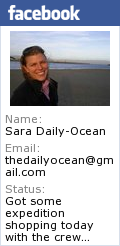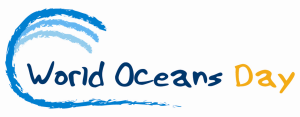Surfrider Foundation recently released a new PSA by filmmaker Jack McCoy with a previously unreleased song, Blue Sway, by Paul McCartney. The song has been released on his McCartney II which was distributed by MPL and Concord Music Group on June 14. If you like this song you should also check out McCartney’s (aka The Fireman) Electric Arguments album (Sing the Changes and Lifelong Passions are my favorite!).
The footage from the PSA was taken from a Deeper Shade of Blue. Director Jack McCoy used a high-powered underwater jet ski to travel behind waves to create mystical and majestic images.
I appreciated that it was not a PSA with an overtly in-your-face message. I think it will speak to each and everyone in a unique way and I look forward to your thoughts! Enjoy!













What people are saying …